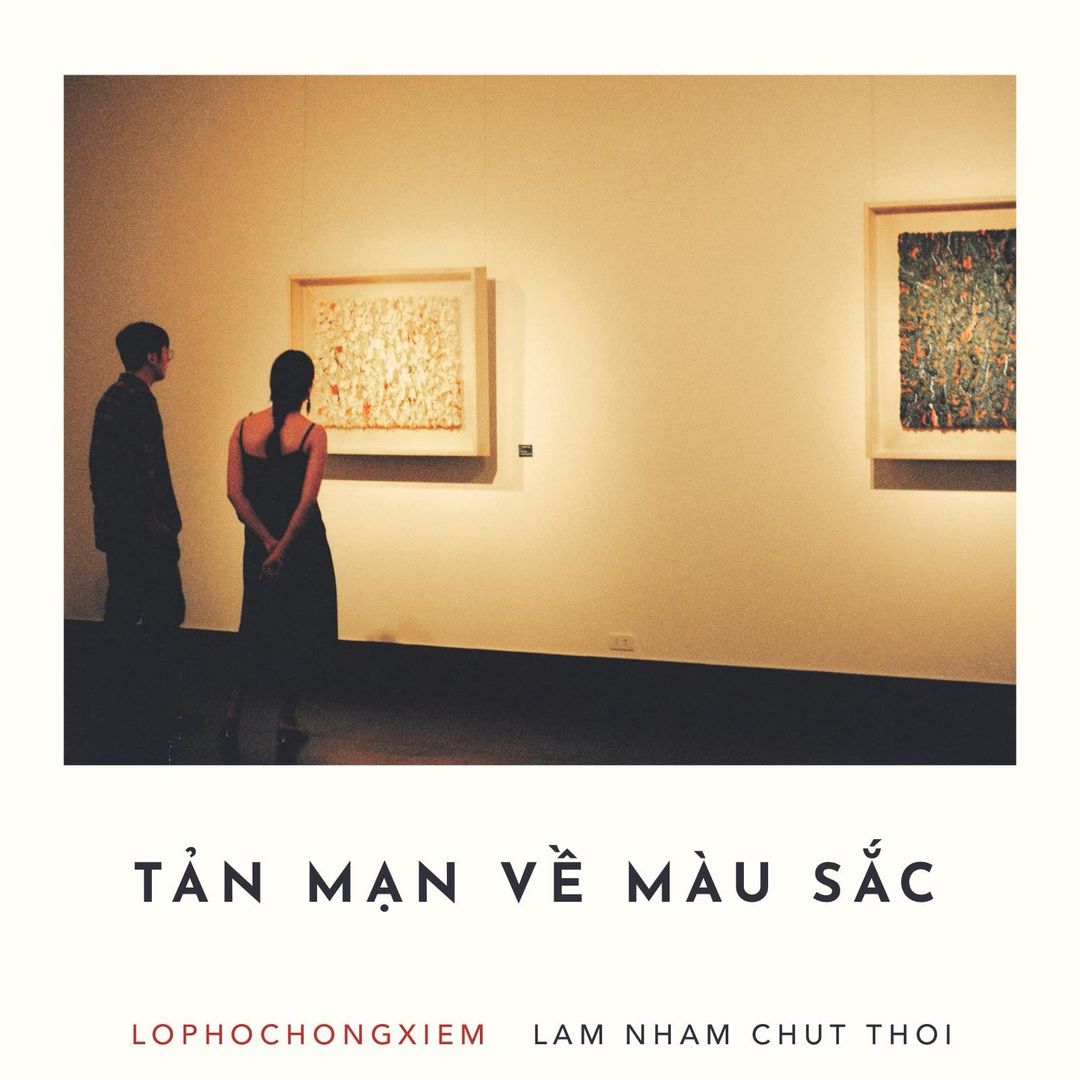…Or is it the boundary of words
Language shapes thought. That’s still a matter of debate, but plenty of research has supported the idea.
That’s why some scholars have advocated bringing Classical Chinese back into the school curriculum—to recover the soul of Vietnamese. To them, reading and writing only in Quốc ngữ (Vietnamese in the Romanized script) means losing a whole layer of cultural consciousness built up over millennia.
A film that powerfully illustrates this idea is Arrival (2016) by Denis Villeneuve. In it, linguist Louise Banks works to decipher an alien language to understand why the visitors came to Earth. As she learns this language, she begins to see the future—realizing that language is not just a tool but a force, a weapon, and a way of reshaping the mind itself.
Question: How many shades of red can you name?
Let’s take color as an example—say, red. Most men might list a handful of general names: “crimson,” “bright red,” “deep red,” “scarlet.”
Women, more attuned to makeup palettes, will likely offer more: “brick red,” “berry red,” “Bordeaux,” “coral.”
Fabric sellers and paint dealers? Their vocabulary is vast: “shrimp red,” “rust,” “plum,” “carrot red.” And they’ll never confuse a pale red or orange tint with “pink”—a mistake many people still make.
The truth is, not knowing many names for red doesn’t mean you’re bad at painting. In fact, the fewer labels you rely on, the clearer your perception of color might become.
Most painters—those most sensitive to color—often have a smaller color vocabulary than paint mixers. Naming something can sometimes limit our ability to truly see and imagine it.
Think of it this way: Try going through heartbreak. Words like “sad,” “hopeless,” “melancholy” suddenly feel empty, pitifully unable to contain the vastness of your own emotions. Thankfully, we have metaphors to lean on. Like, “To love is to die a little inside.”
Color works the same way. Names don’t help much when it comes to painting—except maybe to read labels or know the ingredients (though honestly, some of the best artists I know don’t even bother with that).
At the very least, anyone learning to paint should know: color must be understood in context, as part of a whole. That’s what we call harmony. In language, it’s called context. It’s the system that allows for metaphor. Which is why, in beginner art classes, there’s one golden rule: there are no bad colors—only bad combinations.
There’s an ideal state in painting: perceiving what simply is. In other words, “seeing over knowing”—meaning, instead of jumping to conclusions based on knowledge or past experience, we perceive things freshly, with innocence. Like a clean slate.
Socrates once said: “The only thing I know is that I know nothing.”
Don’t rush to name things. Names often lead to shallow assumptions and misunderstanding. A scene, when new, should remain unnamed—an unknown object.
That said, I have to admit: unlearning what we think we know is incredibly hard. It’s as painful as the way Thomas Anderson becomes Neo in The Matrix.
All this tangled thinking might discourage some of you learning in Hong Xiem class. You might ask: “If I don’t call red ‘red,’ how do we talk about it? Without language, how do we share or discuss knowledge?”
Not long ago, a friend explained to me a concept from mindfulness practice: attachment and detachment. First, you attach to one idea. Then you let go. The point is to reach a state of non-attachment.
It’s not unlike learning color. You begin with a theoretical framework—a support system for perceiving color. But soon, that framework feels inadequate against the richness and wonder of the natural world. (When “mountains and rivers are no longer mountains and rivers.”)
That’s when intuition forms, and you no longer depend on any concept or bias—just pure, whole awareness.
Thank you for reading all the way to this point, even though I know what I’ve written is full of tangled and confusing thoughts.
Hong Xiem class has always been a place where I meet people willing to share and discuss spontaneous, messy ideas. Like I always say: the best part of running this class is the friendships.
Love you.
If, by any chance, you’re intrigued, you can read more of these ramblings in this album: https://www.facebook.com/media/set/?vanity=lophochongxiem…

